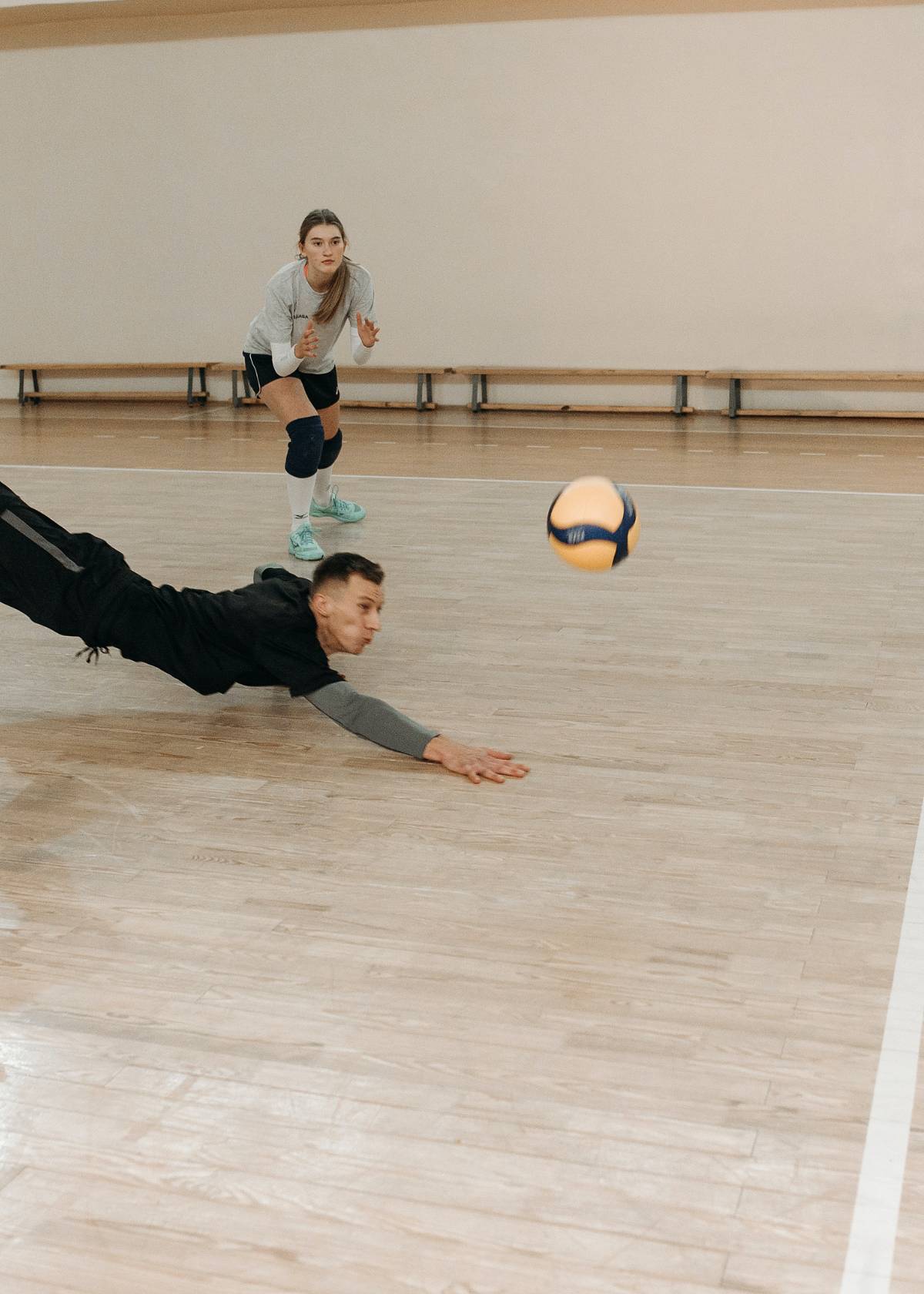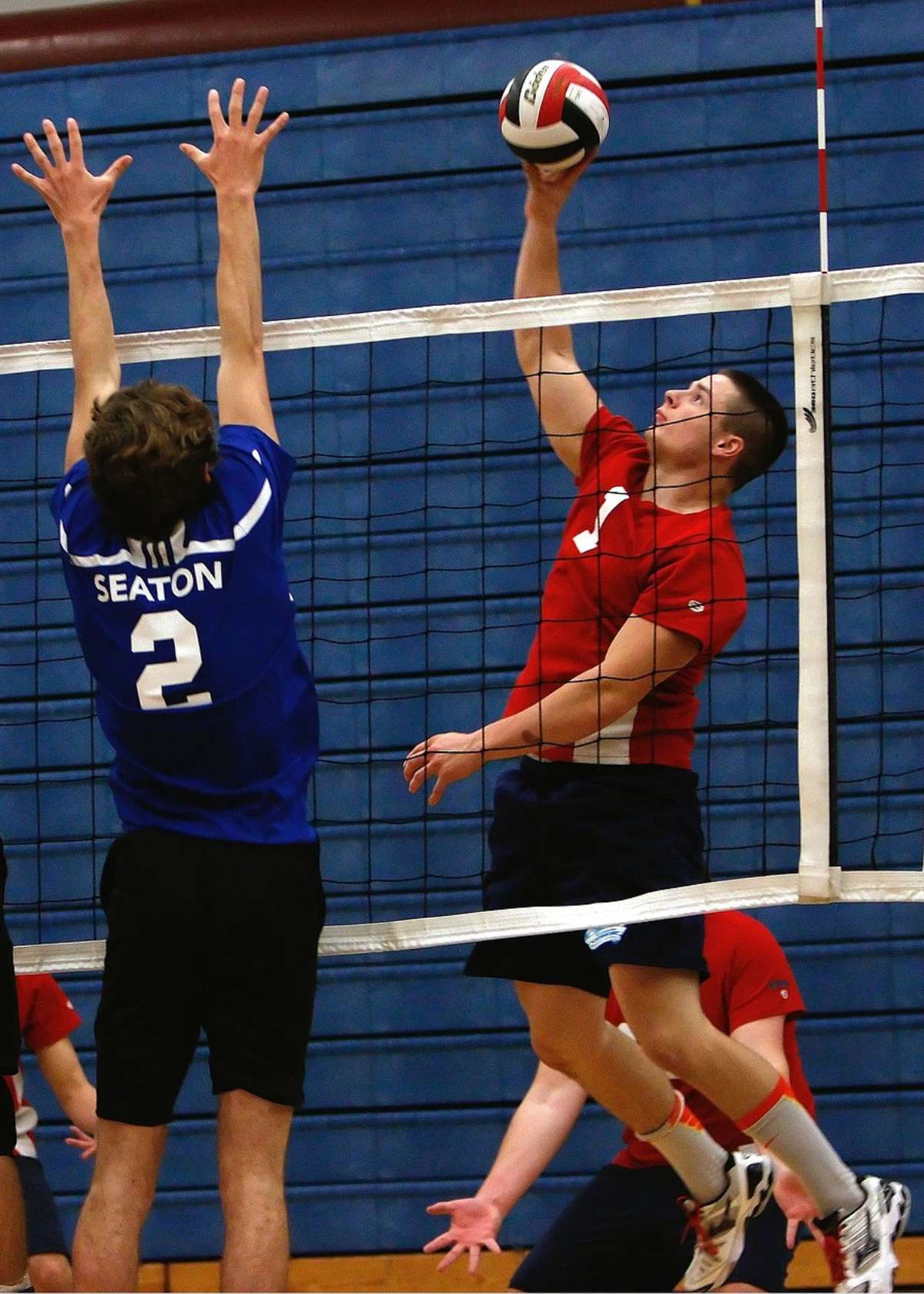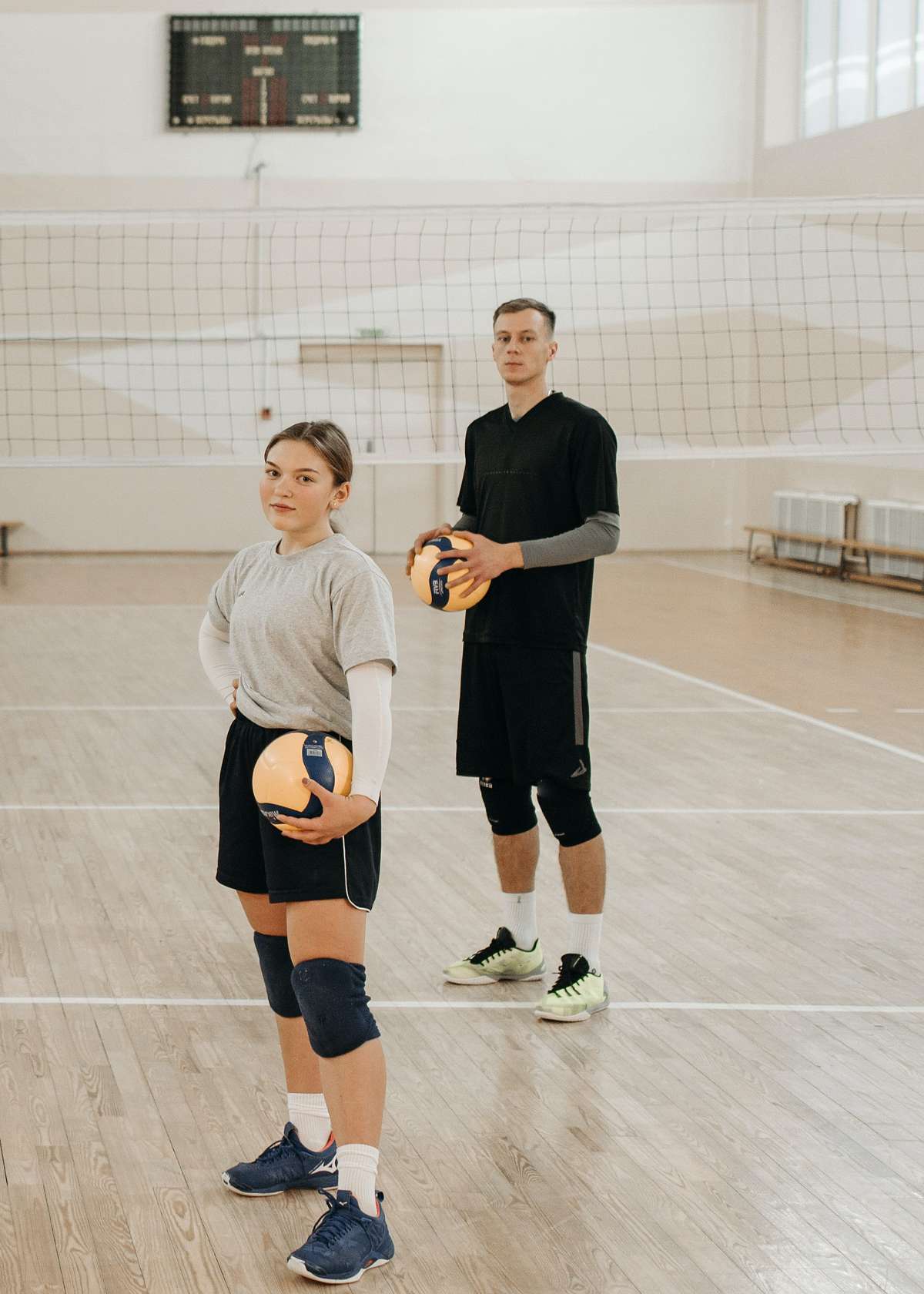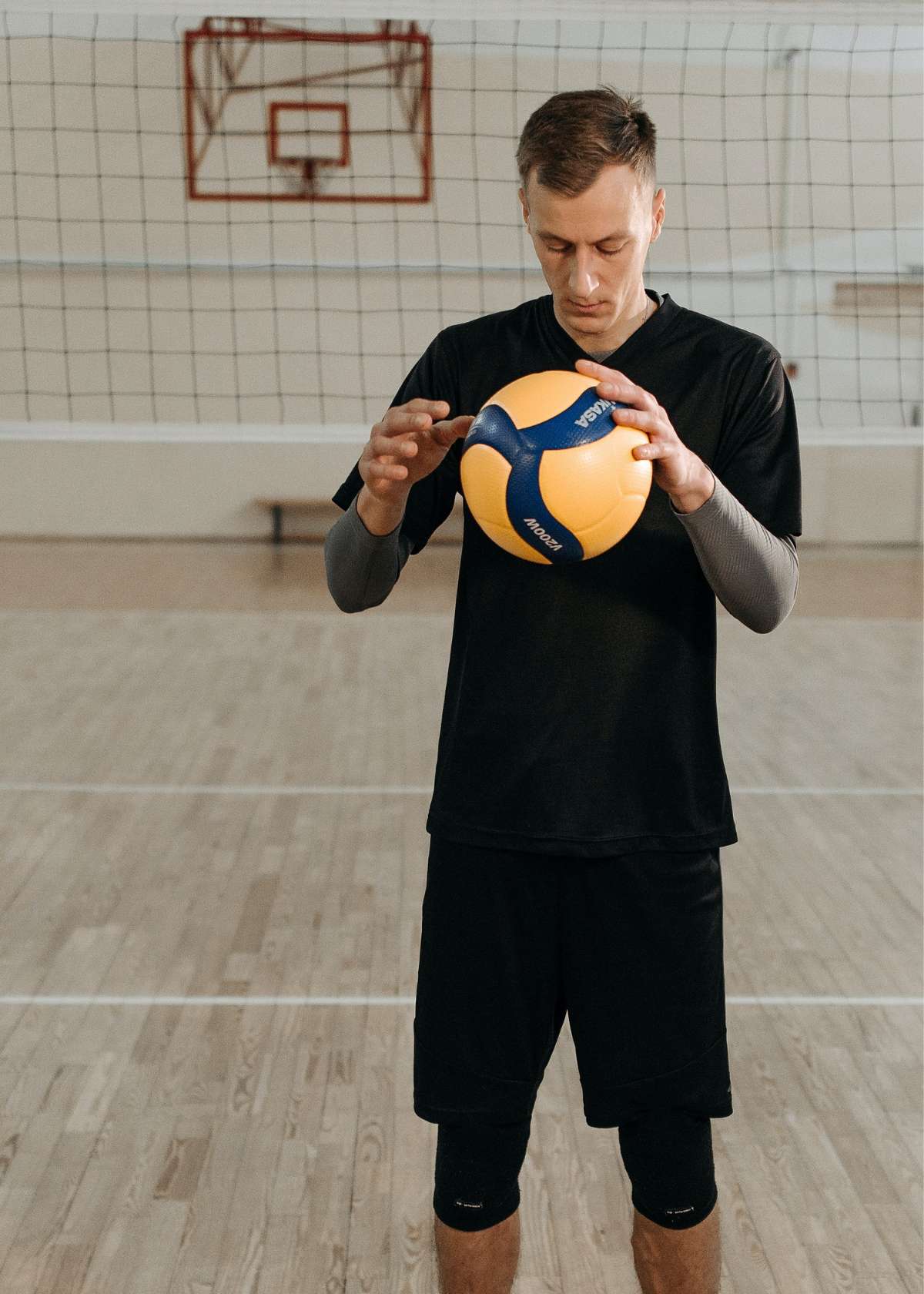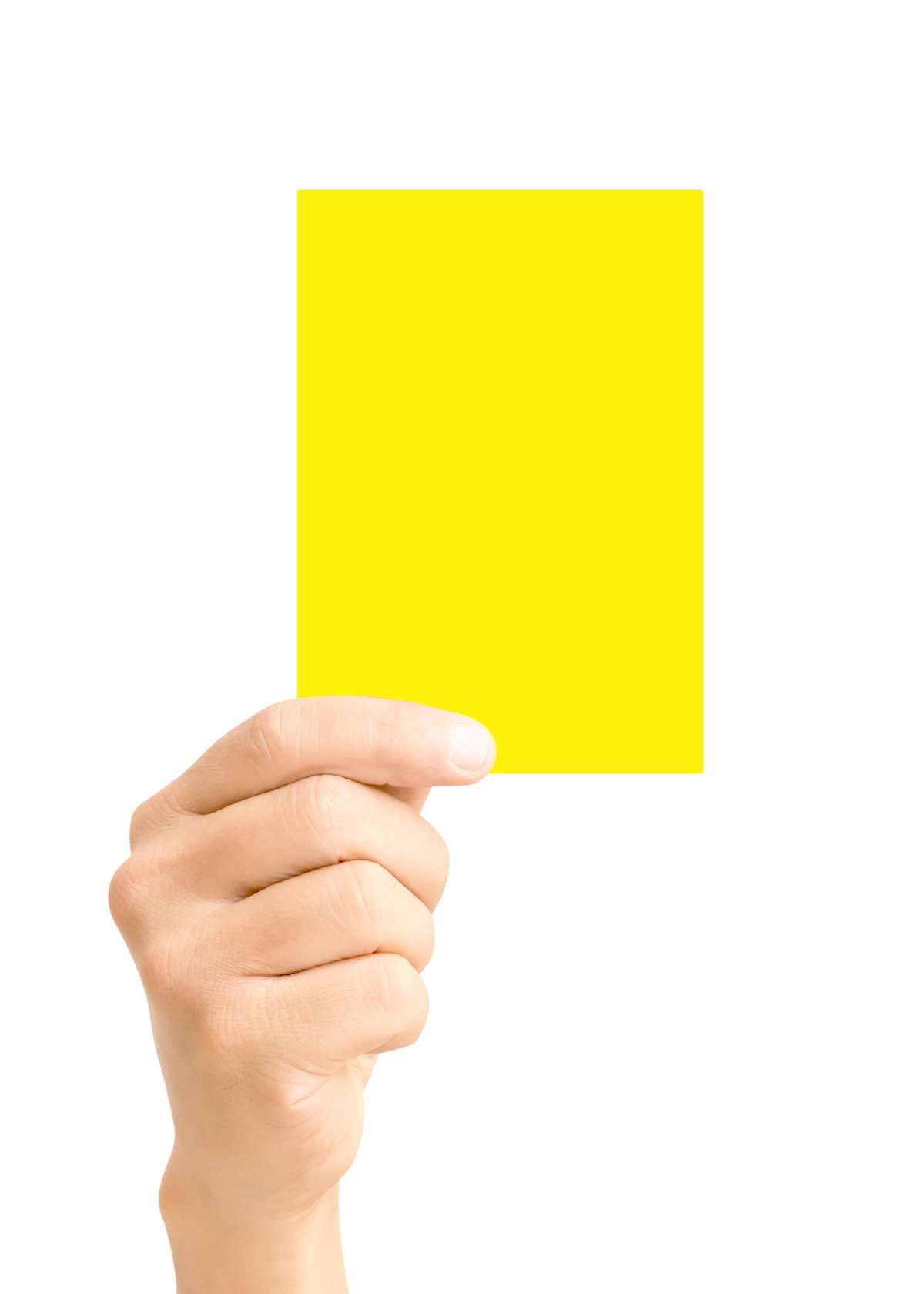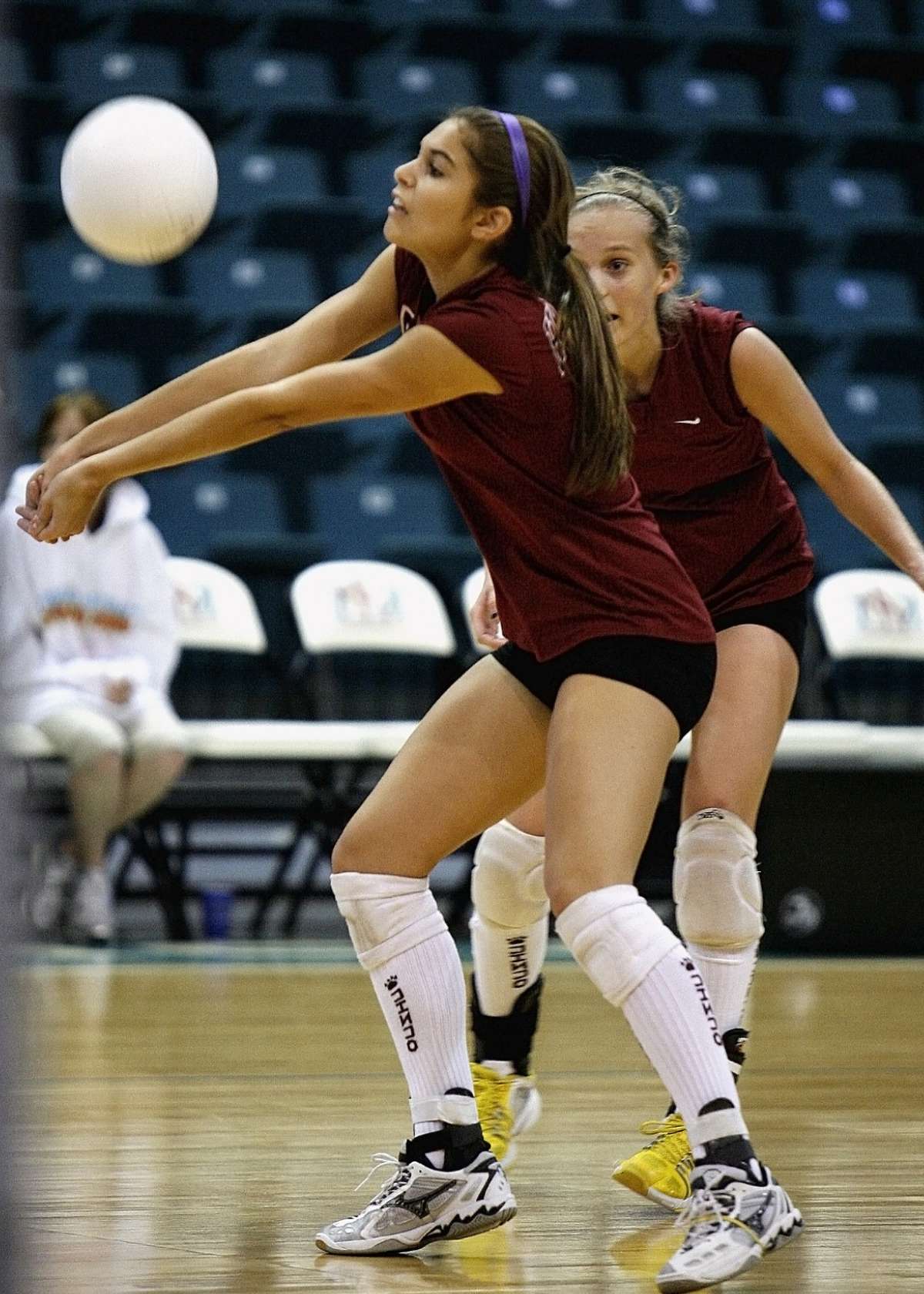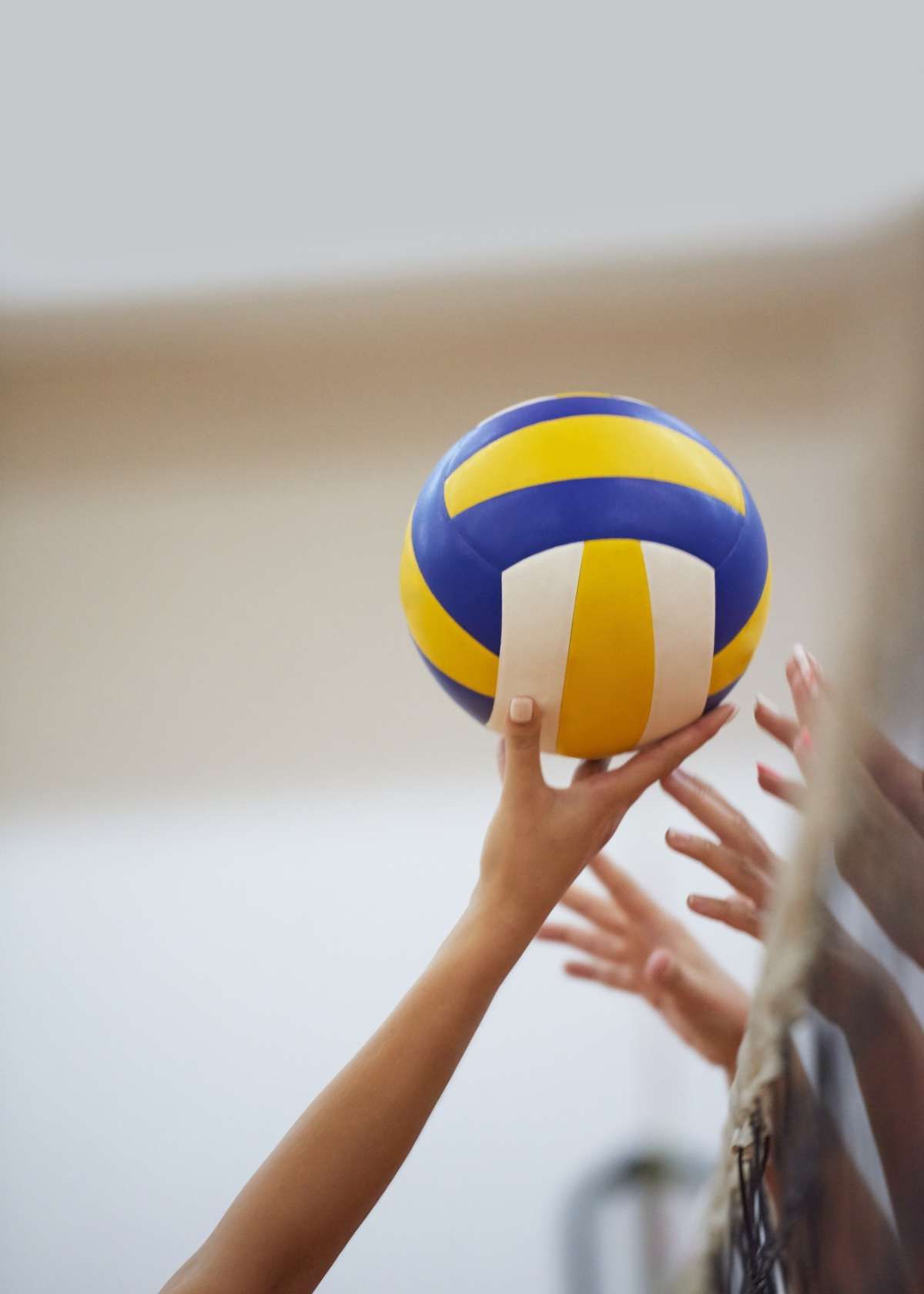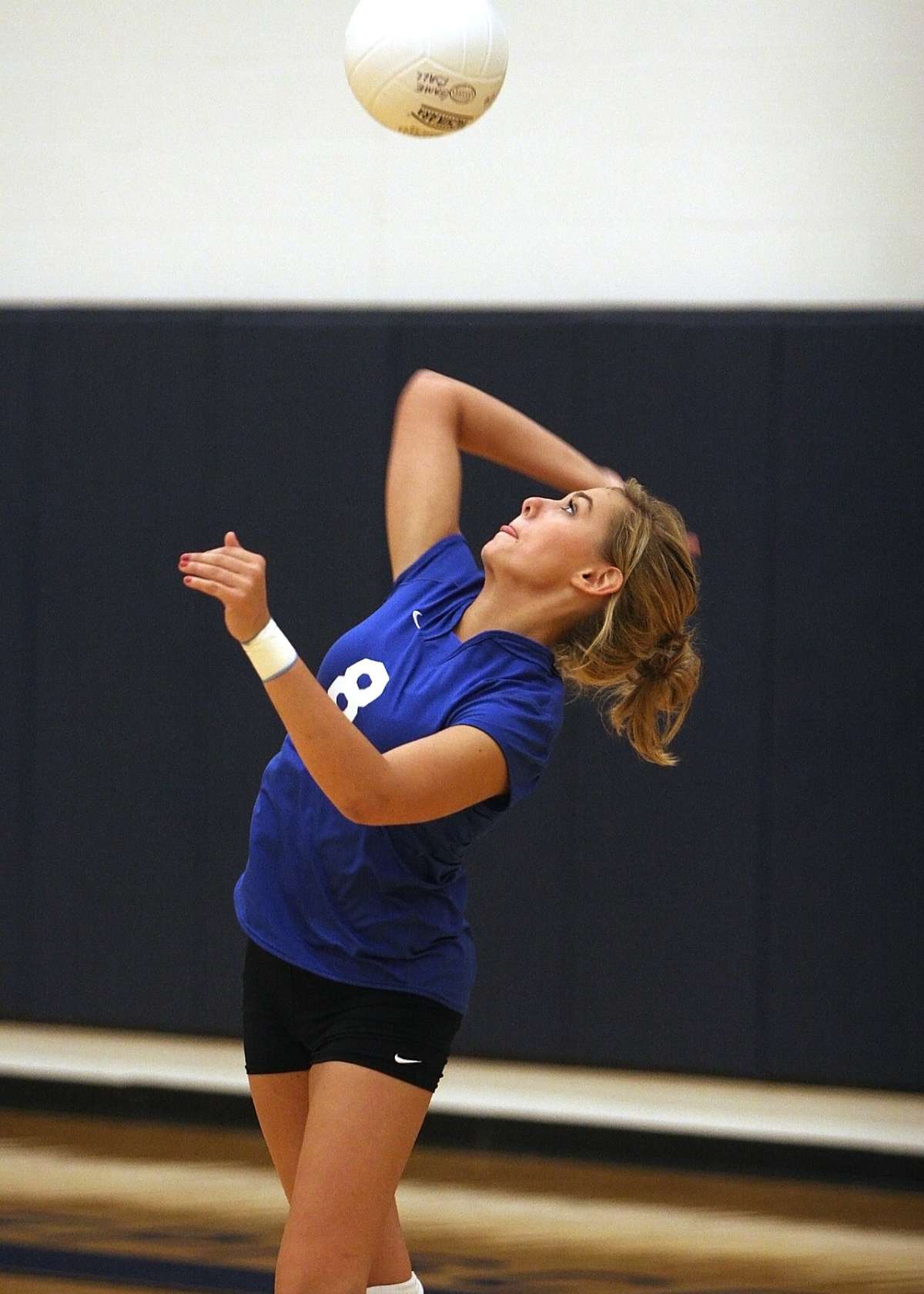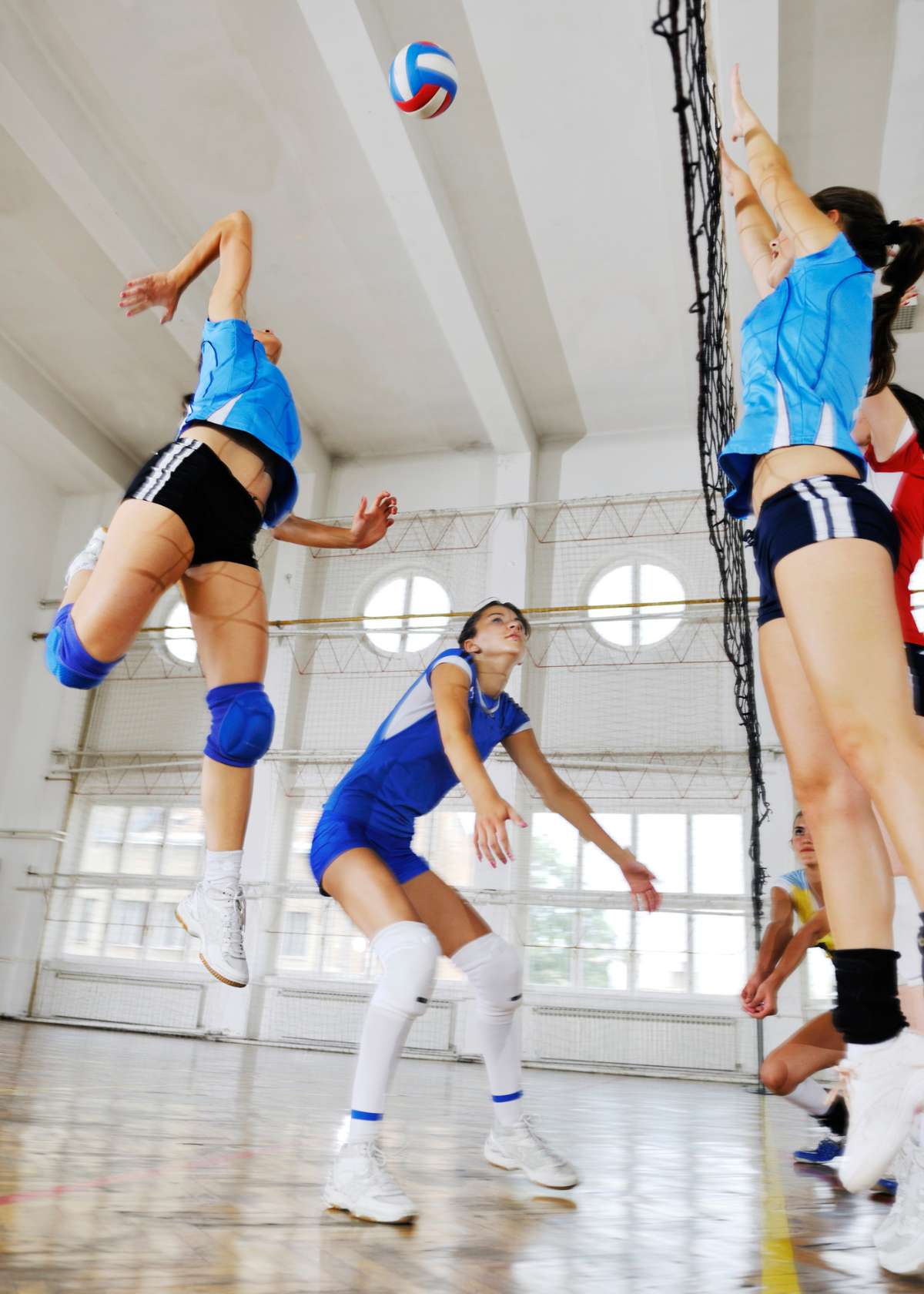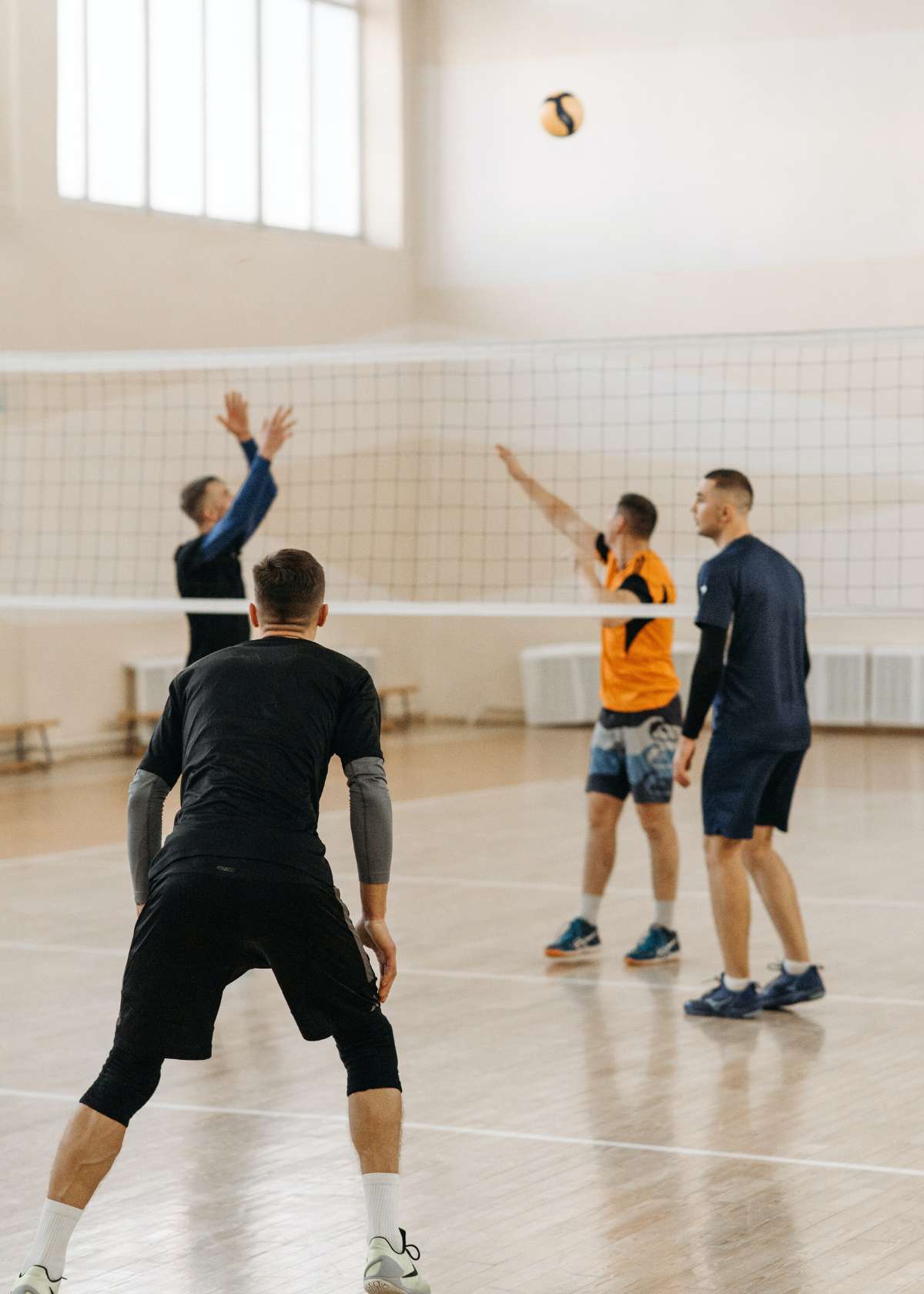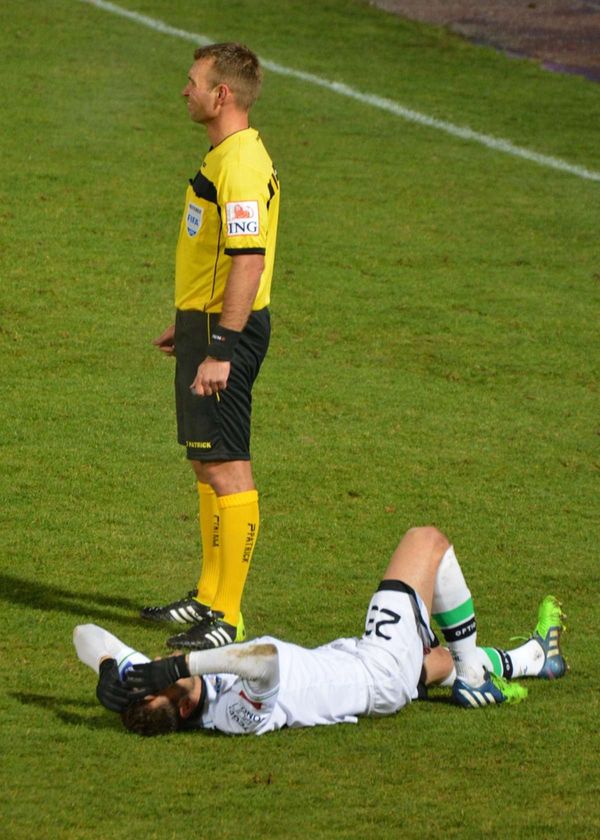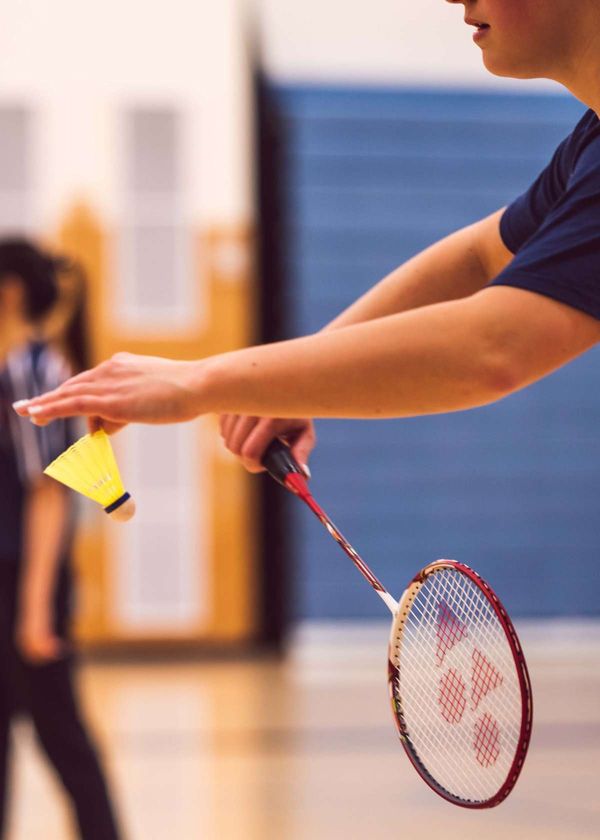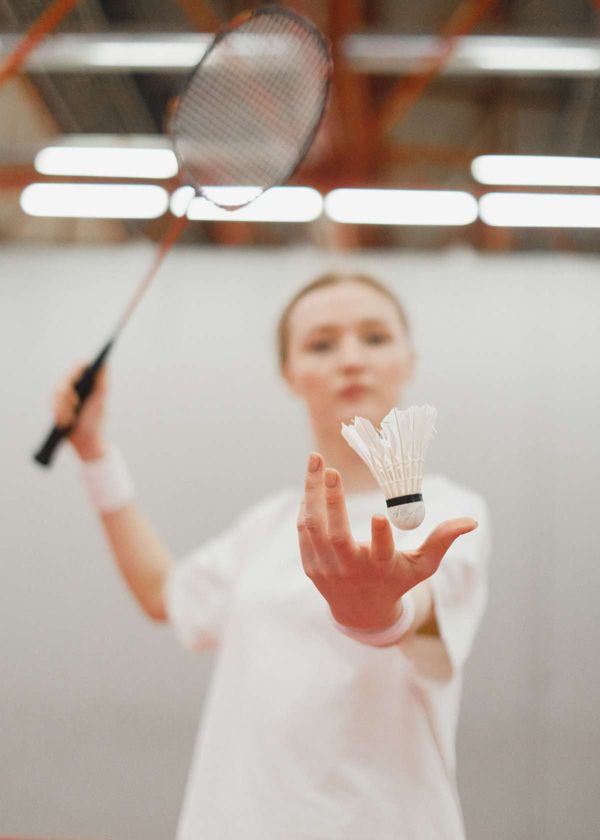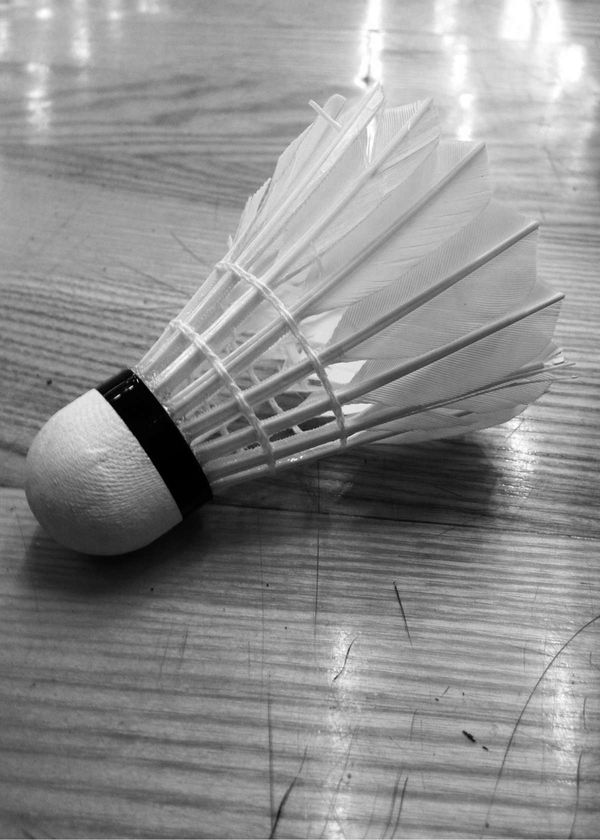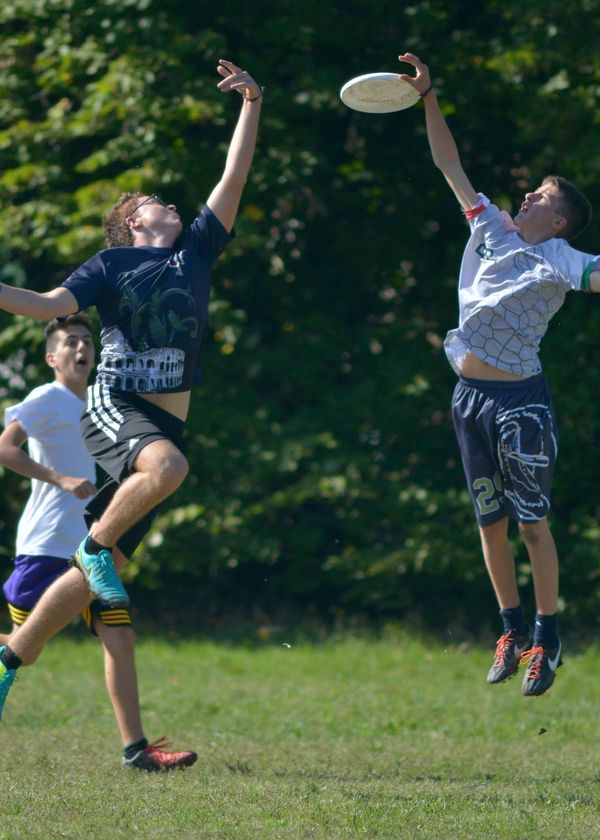Table of Contents
- Introduction
- Understanding the Scrimmage in Volleyball
- The Importance of Scrimmage in Training
- Rules of a Volleyball Scrimmage
- Organizing a Volleyball Scrimmage
- Strategies and Drills in a Scrimmage
- Preparing for a Volleyball Scrimmage
- Conclusion
Introduction
What is a Scrimmage in Volleyball?
A scrimmage in volleyball is an informal practice match that teams use to hone their skills, try out new strategies, and prepare for real game situations. Unlike the pressure of an official match, scrimmages provide a relaxed environment for players to experiment and improve.
Brief Explanation of Scrimmages in General
Scrimmages are commonly used in various sports, not just volleyball. They are essentially practice games that mimic the conditions of a real match as closely as possible. The key difference is that the focus is on learning and development rather than winning or losing.
Team members are given the opportunity to try out different tactics and positions in a scrimmage, with coaches often providing feedback as the game progresses.
This helps them improve their skills and learn from mistakes that can be made in more competitive settings.
Importance of Scrimmage in Volleyball
The importance of scrimmage in volleyball cannot be overstated. It offers players the opportunity to apply the skills and techniques learned in training to a game-like scenario.
This not only enhances their skill set but also builds their confidence and understanding of the game. Scrimmages also allow teams to experiment with formations and strategies, enabling them to better prepare for upcoming matches.
Understanding the Scrimmage in Volleyball
Detailed Explanation of What a Volleyball Scrimmage Is
In a volleyball scrimmage, two teams face off in a simulated match. The rules are generally the same as a regular volleyball match, but the coach may decide to modify certain aspects to focus on specific areas of development.
For instance, they might limit the number of touches a player can have, or restrict certain types of hits. These changes can help to hone a particular skill or strategy. The benefits of scrimmage in volleyball include the ability to practice specific strategies, try out new plays, and develop team chemistry.
Additionally, the coach can stop the scrimmage at any point to provide feedback or make adjustments.
Benefits of Scrimmage in Volleyball
Using a scrimmage in volleyball is beneficial for both players and coaches. For players, it offers an opportunity to practice their skills in a match-like environment without the pressure of competing for points.
This allows them to focus on improving technique and honing strategies, while also developing a sense of team unity. For coaches, scrimmages provide insight into how their players are performing in game-like situations, which can help them adjust tactics for future matches.
Additionally, scrimmages can be used to evaluate new players and assess who is best suited for certain positions.
Scrimmage Etiquette
It is important to maintain the competitive spirit of a game while keeping in mind that scrimmage is a learning experience. Players should be respectful of their opponents and try to stay positive no matter what happens on the court.
The focus should always be on improving skills rather than winning points. In addition, players should maintain a professional attitude and be prepared to follow instructions from their coaches.
How it Differs from a Regular Match
While a scrimmage mimics the structure of a regular volleyball match, its primary purpose is education and skill development. Therefore, the outcome of the scrimmage is less important than the progress made by the players.
Coaches often pause the scrimmage to give instant feedback or to drill deeper into certain situations. This makes it a valuable tool for learning and improvement, setting it apart from the high-stakes environment of a regular match.
Coaches can also use scrimmages to assess new players and develop team chemistry. By simulating a real match in a controlled and relaxed environment, teams can focus on honing their skills and strategies without the added pressure of competing for points.
Scrimmages offer coaches and players an invaluable opportunity to experiment and practice with different tactics that could potentially give them the edge in upcoming matches.
The Importance of Scrimmage in Training
Why Scrimmages Are Crucial in Volleyball Training
Scrimmage plays a pivotal role in volleyball training. They provide a practical setting where players can apply the skills learned in drills and exercises. This contextual learning is crucial as it helps players understand not just how to execute a skill, but when and why to use it in a game situation.
Scrimmages also simulate the pressure and unpredictability of a real match. This exposure helps players build mental resilience and adaptability, which are just as important as physical skills in volleyball.
Benefits to Players and Teams
For players, scrimmages offer a chance to improve their decision-making, communication, and teamwork skills. They provide immediate feedback on a player's strengths and areas for improvement. Additionally, players can experiment with different roles and strategies to find out what works best for them.
For teams, scrimmages help develop chemistry by building trust among players and providing a platform to practice strategies. They also encourage good sportsmanship as it's all about learning rather than winning or losing.
Rules of a Volleyball Scrimmage
In a scrimmage, the basic rules of volleyball typically apply to maintain the authenticity of the practice match. However, coaches have the flexibility to adapt or introduce new rules to target specific training objectives.
For instance, a coach might implement a rule where players must rotate positions to develop versatility. The key is to ensure that the modified rules contribute towards the learning goals of the scrimmage.
Moreover, coaches should keep the rules simple and consistent to ensure that players can stay focused on the task at hand.
Organizing a Volleyball Scrimmage
Steps to Organize a Scrimmage
- Define the Objective: Determine what skills or strategies the scrimmage should focus on.
- Set the Rules: Decide on any modifications to the standard volleyball rules.
- Form the Teams: Divide your players into balanced teams to ensure a competitive scrimmage.
- Prepare the Court: Set up the court with the necessary equipment.
- Conduct the Scrimmage: Run the scrimmage, providing feedback and corrections as necessary.
Necessary Equipment and Number of Players
The standard volleyball equipment - a court, a net, and a volleyball - is required for a scrimmage. As for the number of players, a typical volleyball team consists of six players.
However, the number can be adjusted based on the training objectives and availability of players. For example, a 3-on-3 scrimmage can be organized to give players more touches on the ball.
A 6-on-6 scrimmage, on the other hand, can be used to practice team strategies. 4-on-4 scrimmage on the other hand is an ideal way to practice defensive strategies.
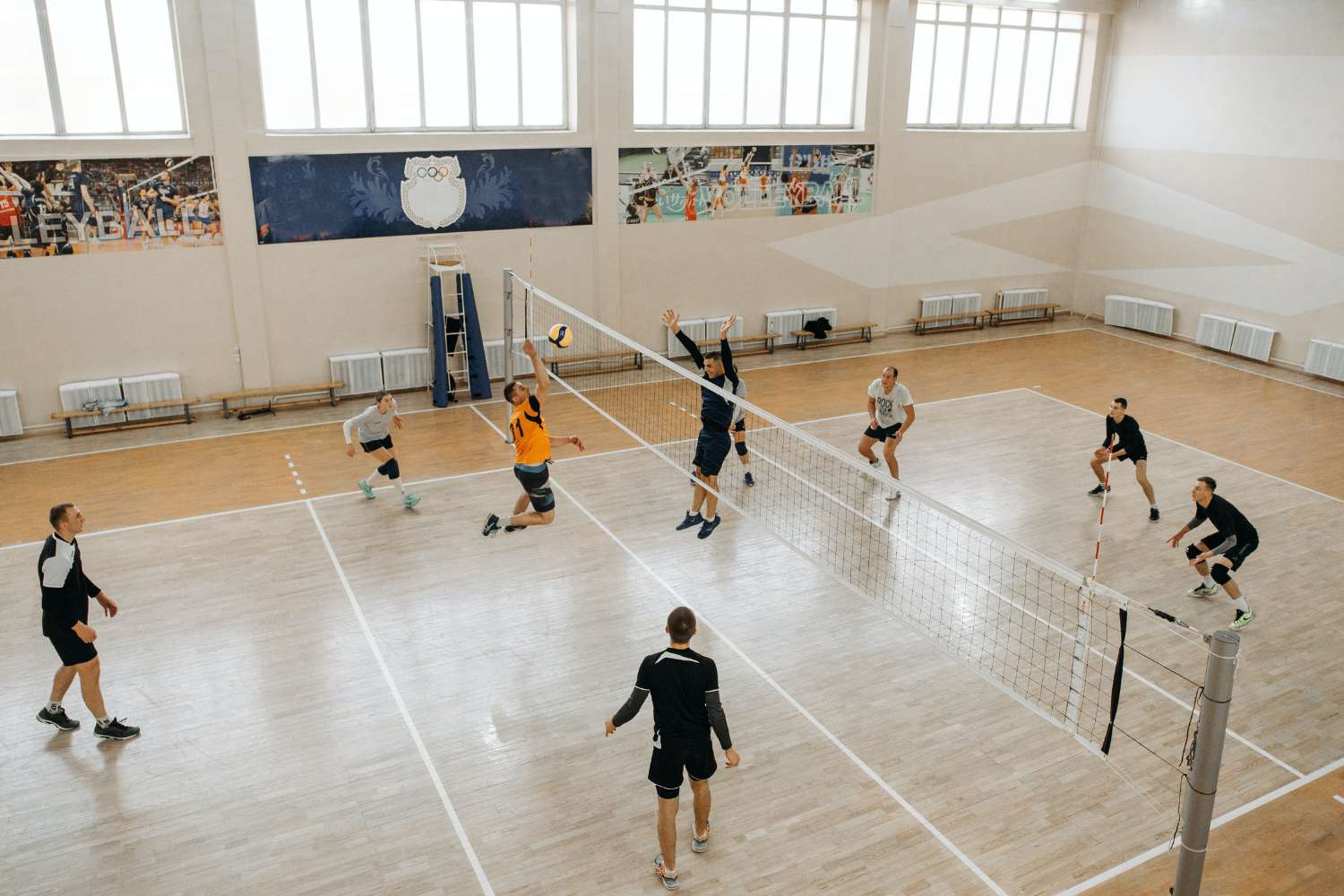
Strategies and Drills in a Scrimmage
Discussing Possible Strategies During a Scrimmage
Scrimmages provide an excellent opportunity to experiment with different strategies. These can range from trying out new formations, practicing specific plays, or working on different serving and receiving patterns.
The key is to treat the scrimmage as a learning experience rather than focusing solely on winning. After all, the aim of a scrimmage is to prepare for upcoming matches.
Highlighting Specific Drills That Can Be Performed
While the scrimmage itself is a form of practice, specific drills can also be incorporated into the game.
For example, a coach might introduce a drill where players must perform a certain number of passes before attempting to score. This encourages teamwork and ball control.
Another drill could be practicing transition plays from defense to offense, which is crucial in volleyball. One particularly good drill for this is the “3 vs. 2” drill.
Preparing for a Volleyball Scrimmage
To prepare effectively for a scrimmage, players should approach it with the same seriousness as an actual match. Here are some tips:
- Physical Preparation: Ensure that you are well-rested and have warmed up properly before the scrimmage to avoid injuries.
- Mental Preparation: Understand the objective of the scrimmage and what you want to achieve. Stay focused and treat the scrimmage as an opportunity to learn and improve.
- Technical Preparation: Review any new strategies or plays that will be practiced during the scrimmage. Visualize executing them successfully in the game.
- Team Preparation: Communicate with your teammates. Discuss your game plan and how you will support each other during the scrimmage.
Remember, the goal of a scrimmage is not just to win, but to learn and develop as a player and a team.
Conclusion
Scrimmage plays a crucial role in volleyball training, providing a practical platform for players to apply and refine their skills. They mimic the pressure and unpredictability of a real match, helping players build mental resilience and adaptability.
Scrimmages also offer immediate feedback on a player's strengths and areas for improvement, while fostering team chemistry and understanding.
The benefits of scrimmages extend beyond individual skill development. They allow teams to experiment with different strategies and plays in a risk-free environment, contributing to their tactical growth. Moreover, they provide coaches with valuable insights into their team's progress and areas that need further attention.
In conclusion, scrimmages are a powerful tool for learning and improvement in volleyball. They bridge the gap between drills and real matches, making the learning process more effective and engaging.
So, whether you're a beginner or a seasoned player, incorporating scrimmages into your practice regimen can significantly elevate your game. Remember, it's not just about winning, but about constant learning and development. Let's embrace the scrimmage and strive for progress, one game at a time.
Discover the ultimate volleyball gear with our top picks! We've done the hard work, so you can dive straight into the game!
Discover the thrilling world of volleyball and sports & fitness through our captivating blogs!
